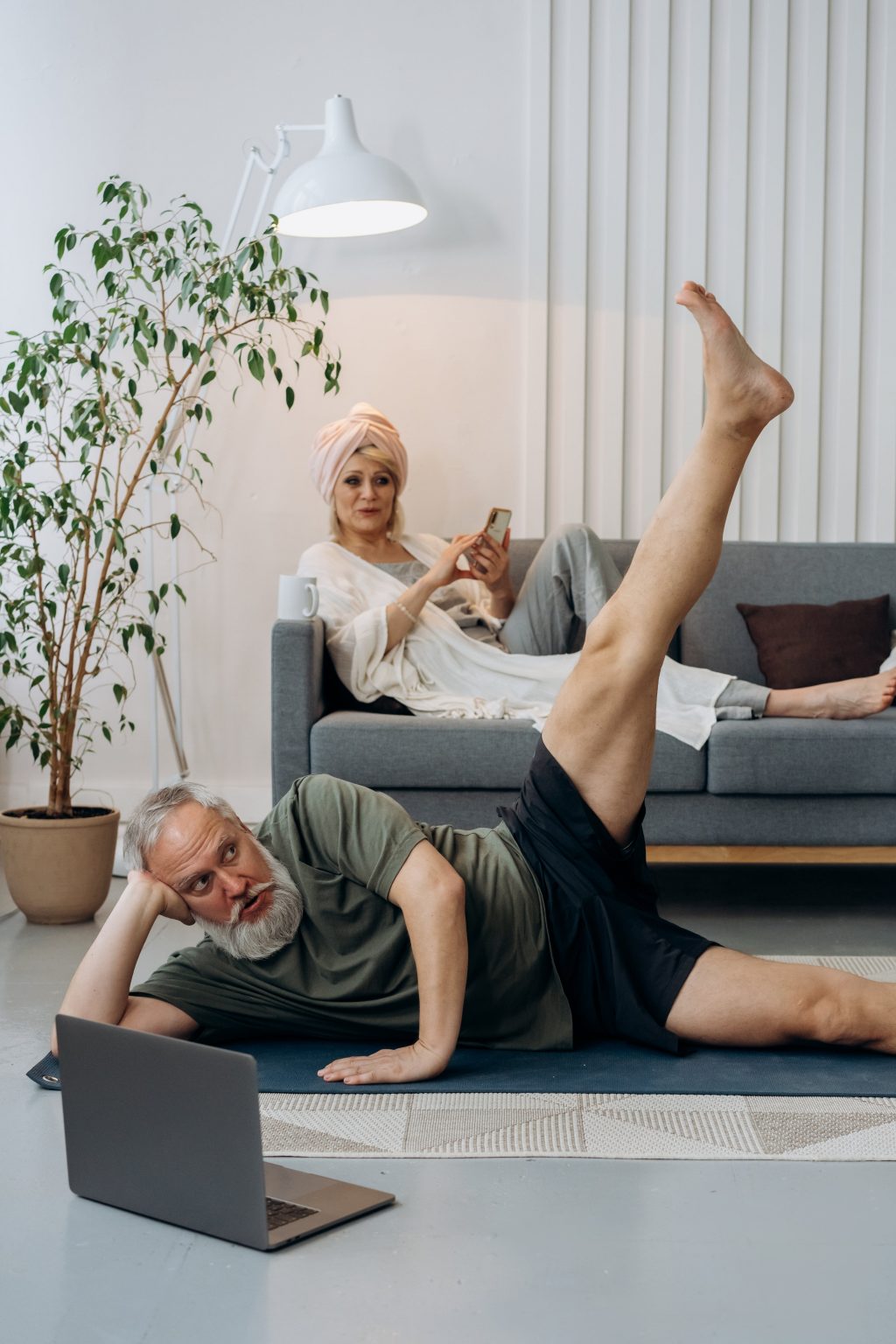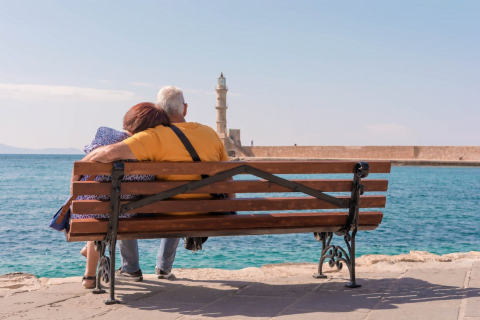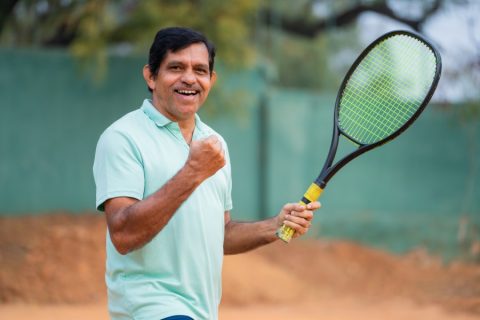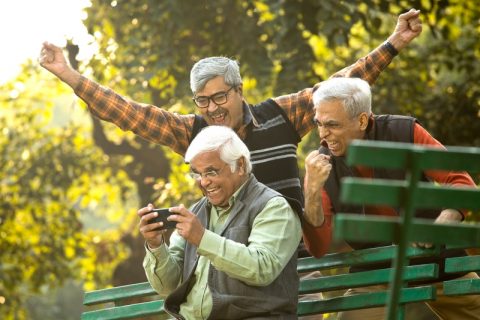In the pursuit of healthy ageing, a prevalent misconception suggests that older individuals should prioritise exercise over rest. This blog aims to unravel myths about rest in ageing, exploring the relationship between senior fitness myths and the benefits of active ageing through exercise in the lives of seniors. Contrary to popular belief, both exercise and rest are indispensable for the optimal well-being of older people. Let’s delve into the significance of rest in ageing and debunk the myth that older individuals should prioritize exercise over downtime.
The myth of exercise over rest: Unraveling the belief
Society often emphasises the importance of fitness and active ageing through exercise, leading to the pervasive myth that as we age, rest becomes secondary. This belief assumes exercise for older people is the panacea for maintaining health and mobility in older individuals. However, acknowledging the importance of rest is crucial, as it allows the body and mind to rejuvenate, repair, and recharge. Burnout, injury, and cognitive decline are potential risks without adequate rest, emphasising the fallacy of prioritising exercise for older people alone.
Exercise for older people: Vitality and well-being
Undoubtedly, exercise for older people is a cornerstone of active ageing. Regular physical activity contributes to improved cardiovascular health, muscle and bone strength, enhanced flexibility, mood elevation, and reduced risk of chronic conditions. For older adults, exercise is not just a routine; it’s a pathway to maintaining independence and enjoying a higher quality of life. Balance exercises for the elderly, in particular, play a pivotal role in preventing falls, a significant concern for seniors.
Balance exercises for the elderly: Mitigating risks
In the pursuit of senior fitness myths, balance exercises for the elderly emerge as a key consideration. These exercises, encompassing activities like standing on one leg or walking heel-to-toe, are instrumental in preventing falls and enhancing overall stability. The incorporation of such exercises into daily routines can significantly reduce the risks associated with falls, ensuring older individuals maintain their mobility and independence.
Myth busting: The equally essential role of rest in ageing
While the benefits of exercise for older people are undeniable, it’s equally crucial to dispel myths about rest in ageing. Ageing brings about physiological changes that impact the body’s ability to recover. Adequate rest becomes imperative, allowing muscles and joints to heal and reducing the risk of overuse injuries common in older individuals. Importantly, rest extends beyond physical recovery, encompassing mental rejuvenation that profoundly impacts cognitive health.
Striking the right balance: A holistic approach to healthy ageing
To navigate the complexities of ageing, a holistic approach is paramount. Striking the right balance between exercise and rest involves listening to one’s body and responding to its unique needs. Physical activity need not be intense; gentle pursuits such as walking, swimming, tai chi, or yoga can be equally beneficial without imposing undue strain on joints or muscles. A holistic approach encourages the incorporation of activities that bring joy, making staying active an enjoyable part of daily life.
| Myth: Tai Chi is too slow to provide health benefits. Fact: The slow, controlled movements of Tai Chi improve strength, balance, and mental well-being. It’s a low-impact exercise suitable for the elderly, aiding in fall prevention and overall health. |
Benefits of staying active in old age: Beyond physical health
The advantages of staying active in old age extend beyond physical health. While exercise contributes to robust cardiovascular health and enhanced muscle function in older people, rest plays a complementary role. Mental well-being is a critical aspect of healthy ageing, and adequate rest is vital for cognitive health. Seniors who strike the right balance between exercise and rest often report better mood, reduced stress levels, and improved overall mental resilience.
Furthermore, regular exercise has been linked to a range of other benefits that can greatly improve the quality of life for older individuals. For example:
- Staying active can help prevent or manage chronic conditions such as diabetes, high blood pressure, and arthritis.
- Engaging in physical activity can strengthen bones and muscles, reducing the risk of falls and fractures.
In addition to the physical advantages, staying active also fosters social connections and engagement among older adults. Participating in group fitness classes or recreational activities provides opportunities for social interaction, which can:
- Combat feelings of loneliness or isolation that are common among seniors.
- Enhance emotional well-being.
- Serve as a source of motivation and accountability for maintaining an active lifestyle.
Moreover, active ageing through exercise promotes independence and autonomy. By keeping their bodies strong and mobile through regular exercise, seniors can:
- Perform daily tasks with greater ease and less reliance on others.
- Develop confidence and a sense of accomplishment.
It is important to note that rest is a crucial component of maintaining optimal health as well. While exercise is beneficial, it must be balanced with adequate periods of rest to allow the body time to recover and regenerate. Restorative rest supports cognitive function and memory retention by:
- Getting enough sleep each night.
- Taking breaks throughout the day.
Myths about rest in ageing: Debunking mental health stigmas
Myths about rest in ageing often neglect the profound impact of downtime on mental health. Rest is not synonymous with inactivity; it’s a period of rejuvenation that includes activities promoting relaxation and stress reduction. Engaging in hobbies, reading, or practising mindfulness during rest periods contributes significantly to cognitive health. Debunking senior fitness myths requires acknowledging the interconnectedness of physical and mental well-being.
| Myth: Resting too much is good for elderly individuals. Fact: While rest is essential, excessive sedentary behaviour can lead to muscle weakness, joint stiffness, and reduced overall mobility. Maintaining a balance between rest and physical activity is crucial for preserving strength, flexibility, and overall well-being in older adults. Regular, gentle exercises can be beneficial for maintaining mobility and preventing health issues associated with inactivity. |
Active ageing through exercise: Tailoring activities to individual needs
An essential aspect of active ageing through exercise involves tailoring activities to individual needs. Seniors should embrace exercises that align with their fitness levels and health conditions. Low-impact activities like water aerobics or cycling can provide substantial benefits without undue stress on joints. Furthermore, incorporating strength training into routines enhances muscle mass and bone density, contributing to overall physical resilience.
| Some easy exercises for the elderly: Seated marching: Lift knees alternately while sitting to improve leg circulation and strength. Chair stand: Stand up slowly from a chair, then sit back down to strengthen your leg muscles. Neck stretch: Gently tilt your head side to side to relieve neck and shoulder tension. Ankle circles: Rotate ankles clockwise and counterclockwise while seated for flexibility. Armchair push-ups: Lift your body slightly off a chair using armrests to strengthen your arms and chest. Remember to consult a qualified doctor before starting any exercise routine, especially if you have health concerns. |
In conclusion, dispelling senior fitness myths that older people thrive solely on exercise unveils the symbiotic relationship between staying active and embracing rest. Both are indispensable for maintaining good health, well-being, and a fulfilling life in the golden years. As we celebrate the power of exercise for older people, let’s equally honour the importance of rest, recognizing it as a cornerstone in the pursuit of active ageing through exercise. The journey towards optimal health in ageing involves understanding the nuanced interplay between staying active and allowing oneself the rejuvenating benefits of rest.
Prioritize your well-being by finding the right balance between exercise and rest to maintain brain health, reduce memory loss, and manage cognitive age effectively. Take care of your body and mind as you navigate through the different stages of life.




